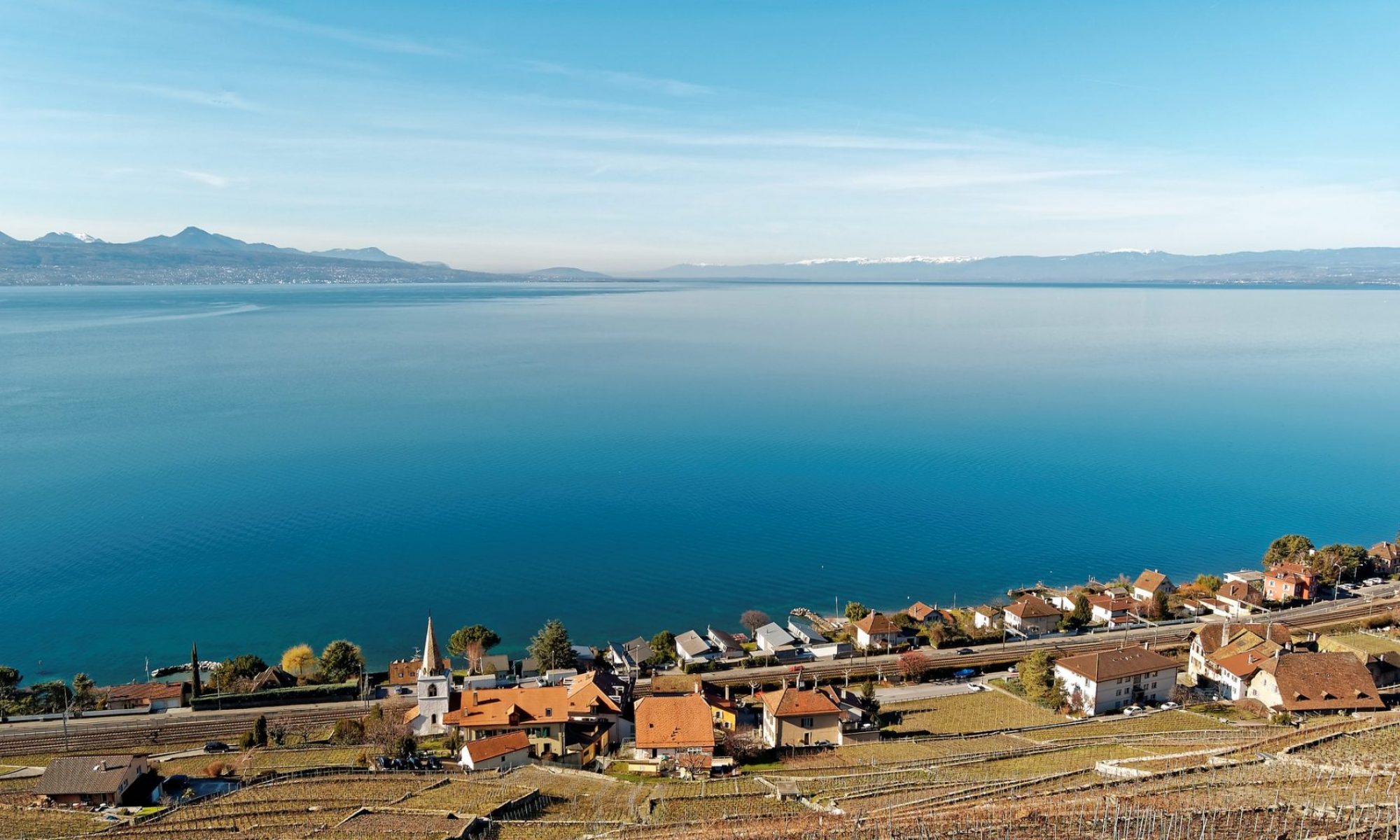Micropollutant degradation in a mid-sized lake: coupling degradation and dilution processes with lake dynamics
Summary :
In this subproject, lake water measurement campaigns of micropollutants and naturally occurring stable isotopes will be used to differentiate micropollutant dilution from degradation and phase transfer losses. These measurements will be supported by laboratory measurements and modelling of molecular structures, and chemical properties of the molecules in order to constrain phase partitioning and degradation rates of micropollutants in the environment.We intend to apply a significantly different approach from those previously taken: we will start by establishing a database of rates for several removal processes for a wide array of micropollutants. We will then use these rates as input parameters for a model that takes into account the residence time in the photic zone and in contact with the atmosphere, as well as mixing with waters from lower depths that occurred by the time the water reaches the sampling point. Only then will we measure the actual contaminant profile and compare it with the model data. Using this approach, our model will be valid for all points investigated in Lake Geneva, under various climatic conditions. Furthermore, the degradation data base should be transferable to other lakes with micropollutant point sources where transport models exist.
To fully understand and accurately predict micropollutant concentrations at any point in the lake, it is thus essential to contrain three important points:
- Which micropollutants are entering the lake, from which source(s) and at which loads?
- What are these micropollutants’ removal rates with respect to removal by biological and physical-chemical processes?
- Once within the lake, how are the micropollutants distributed and how much time do they spend in parts of the lake where removal occurs, and how do they get transferred, if at all, to shallow or deep parts of the lake (e.g., the outlet of the WWT plant has been placed at a depth of about 50m)?
These questions can be answered by combining experimentally or computationally derived micropollutant degradation data with information on the mixing and residence time of water and micropollutants in the photic zone.
Projects :
- Spatio-temporal presence of micropollutants and their metabolites in Lake Geneva and susceptibility to direct and indirect photodegradation processes
- Computational quantum chemical studies on radicals: from the gas phase to aqueous solution
- Tracing of the Rhone river, wastewater, and mixing within lake Geneva: stable isotope compositions of water and dissolved inorganic carbon
Supervisors :
- Prof. Torsten Vennemann – IMG-GSE, University Lausanne
- Prof. Tamar Kohn – ENAC-IIE-LCE, EPF Lausanne
- Prof. Samuel Arey – ENAC-IIE-LMCE, EPF-Lausanne
